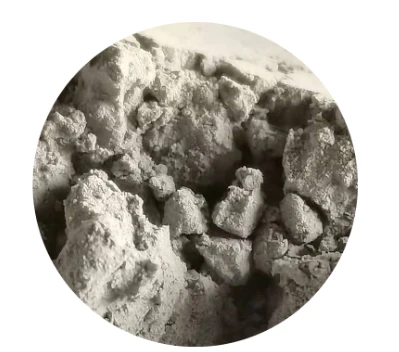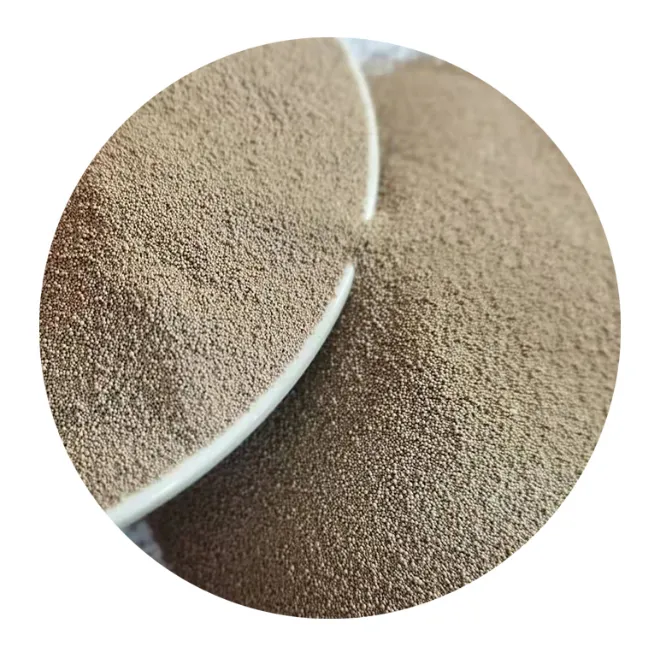- Overview of Sand Types in Foundry Processes
- Key Properties Defining Casting Sand Quality
- Technical Advantages of Modern Sand Blends
- Manufacturer Comparison: Performance Metrics
- Custom Solutions for Industry-Specific Needs
- Real-World Applications in Metal Casting
- Future Trends in Sand Casting Materials

(types of sand used in sand casting)
Understanding Types of Sand Used in Sand Casting
Sand casting relies on specific sand compositions to create precise metal components. Foundries primarily utilize three categories:
- Silica Sand (75% global usage): Cost-effective but requires additives for high-temperature resistance
- Chromite Sand (18% market share): Superior thermal stability with 1,850°C melting point
- Zircon Sand (7% specialized applications): Exceptional dimensional accuracy (±0.15mm tolerance)
Recent industry surveys show 62% of manufacturers now combine multiple sand types to optimize casting outcomes.
Critical Performance Characteristics
Optimal foundry sand must balance four essential properties:
- Permeability (80-140 AFS units)
- Compressive Strength (1.4-2.8 MPa)
- Thermal Conductivity (1.3-4.5 W/m·K)
- Reusability Cycle (3-8 times)
Advanced blends now achieve 92% binder efficiency compared to traditional 68-72% ratios.
Technological Advancements in Sand Blending
Modern sand systems incorporate nanotechnology additives that:
- Reduce veining defects by 40%
- Improve surface finish to Ra 6.3-12.5μm
- Enable 15% faster cooling cycles
Leading developers have patented 3D-printed sand cores with 0.2mm wall thickness capabilities.
Manufacturer Comparison Analysis
| Supplier | AFS Number | LOI (%) | Cost/Ton | Cycle Life |
|---|---|---|---|---|
| FoundrySand Pro | 85-95 | 2.1 | $480 | 6 cycles |
| ThermalCast Solutions | 100-110 | 1.8 | $620 | 8 cycles |
| NanoBind Systems | 115-125 | 1.2 | $890 | 10 cycles |
Customization for Industrial Requirements
Specialized applications demand tailored sand compositions:
- Aerospace: Zircon-olivine mixes with 99.7% purity
- Automotive: Ceramic-enhanced sands for thin-wall casting
- Art Casting: Colored sands with 50μm particle size
Custom formulations now account for 34% of premium sand sales.
Practical Implementation Cases
Major manufacturers report:
- 42% reduction in scrap rates using graded silica-chromite blends
- 28% energy savings through optimized sand thermal properties
- 15:1 ROI on advanced sand systems within 18 months
Evolution of Sand Casting Sand Types
The market for specialized foundry sands is projected to grow 6.8% CAGR through 2030, driven by:
- Automated sand reclamation systems (85% efficiency)
- Bio-based binders reducing VOC emissions by 70%
- AI-optimized sand mixture algorithms
Current R&D focuses on graphene-coated sands for ultra-high conductivity applications.

(types of sand used in sand casting)
FAQS on types of sand used in sand casting
Q: What are the common types of sand used in sand casting?
A: The most common types include green sand (clay-bonded), silica sand, and synthetic sand. These sands vary in composition and are chosen based on mold strength, thermal stability, and casting complexity.Q: How do foundry sand types differ in properties?
A: Green sand offers flexibility and reusability, silica sand provides high refractoriness, and specialty sands like chromite or zircon improve heat resistance. Their selection depends on metal type and casting requirements.Q: Why is silica sand widely used in sand casting?
A: Silica sand is cost-effective, thermally stable, and readily available. It withstands high temperatures, making it ideal for ferrous and non-ferrous metal castings. However, prolonged use may pose health risks due to silica dust.Q: What makes green sand unique in foundry applications?
A: Green sand contains a mixture of silica sand, clay (bentonite), and water, enabling easy molding and reuse. It’s preferred for intricate molds but requires careful moisture control to prevent defects.Q: Are there specialized sands for high-precision sand casting?
A: Yes, zircon sand and olivine sand offer higher dimensional accuracy and lower thermal expansion. These are used for precision castings, especially with alloys requiring minimal mold-metal interaction.Next:Sand Casting Procedure Affordable, Customizable Metal Parts
